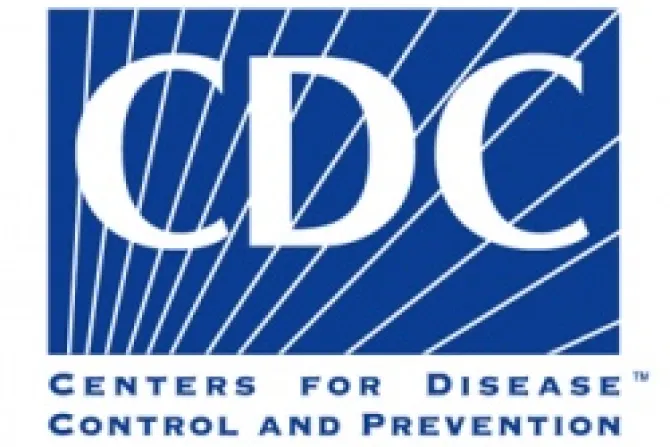Washington D.C., Feb 23, 2013 / 16:12 pm
New governmental reports on sexual behavior in America show significant rises in both sexually-transmitted infections and use of emergency contraception in recent years.
Government estimates "show that there are about 20 million new infections in the United States each year," said that Centers for Disease Control and Prevention in a new fact sheet released this month.
The report was one of two recent studies by the organization surveying the behavior of sexually active individuals in the U.S.
Based on surveys and public disease reports, the group estimated "that there are more than 19.7 million new STIs in the United States each year."


